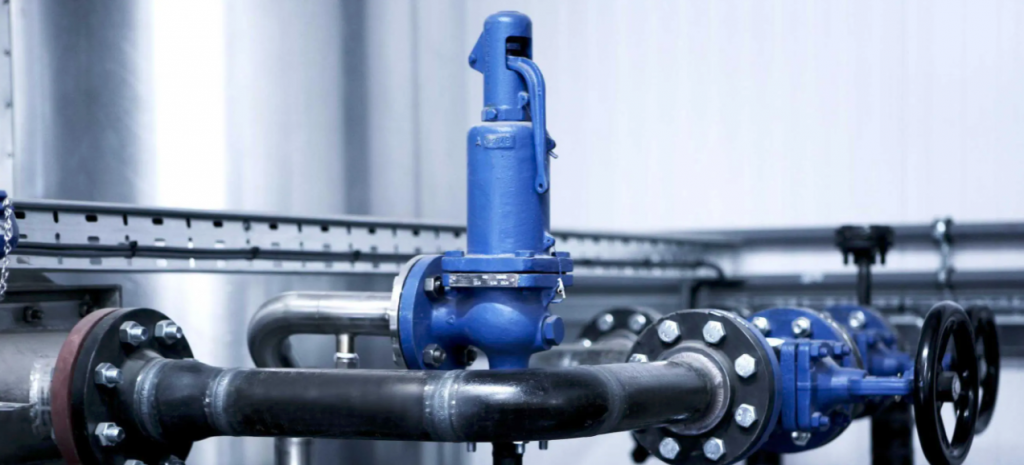Pressure Relief Valves (PRVs) are crucial components in industrial systems, designed to maintain safety by releasing excess pressure. However, understanding the causes of PRV failure is vital for preventing potential hazards. In this article, we delve into the various factors contributing to PRV failures and offer insights into how to mitigate these issues effectively.

Understanding PRV Functionality
Before exploring the causes of PRV failure, it’s important to understand how these valves function. PRVs are designed to open at a predetermined pressure level, allowing excess pressure to escape and maintain system integrity. They are essential in preventing equipment damage and ensuring safety in industrial environments.
Common Causes of PRV Failure
Improper Installation
Improper installation is a frequent cause of PRV failure. Incorrect alignment or poor connection to the system can lead to leaks and inefficiencies. It’s crucial to follow PRV design standards during installation to ensure optimal performance.
Material Incompatibility
Using materials that are incompatible with the system’s fluids or gases can cause corrosion or degradation of the PRV. This can lead to leaks or failure to open at the required pressure levels. Selecting the right materials is essential in preventing these issues.
Overpressure Events
Overpressure events can occur due to sudden changes in system conditions. These events can damage the PRV, leading to failure. Regular maintenance and monitoring are crucial in mitigating the risks associated with overpressure events.
Lack of Maintenance
Neglecting regular maintenance can result in PRV failures. Components can wear out over time, and without proper inspection and servicing, failures are more likely to occur. Following a PRV troubleshooting guide can help in identifying and addressing potential issues early.
Steps to Prevent PRV Failures
Proper Installation and Commissioning
Ensure that PRVs are installed according to manufacturer guidelines and industry standards. Proper commissioning is essential to verify that the valve operates correctly under expected conditions.
Regular Maintenance and Inspection
Implement a regular maintenance schedule to inspect and service PRVs. This includes checking for wear and tear, ensuring proper calibration, and replacing any damaged components promptly.
Material Selection and Compatibility
Choose materials that are compatible with the system’s fluids and operating conditions. This can prevent corrosion and other material-related failures.
Industry Standards and Best Practices
Adhering to industry standards, such as the ASME code for pressure relief valves, can significantly reduce the risk of PRV failures. These standards provide guidelines for design, installation, and maintenance that enhance system safety and reliability.
Case Studies: Lessons from Industry
Examining case studies can provide valuable insights into common PRV failure scenarios and how they were addressed. Learning from past incidents helps in implementing preventive measures effectively.
Case Study 1: Overpressure Incident
In one instance, a chemical plant experienced an overpressure event due to a sudden temperature spike. The PRV failed to open, leading to equipment damage. Investigation revealed improper material selection as the root cause.
Case Study 2: Material Degradation
A refinery faced PRV leakage due to material degradation. Regular maintenance was neglected, resulting in corrosion and eventual failure. Implementing a maintenance schedule resolved the issue.
Future Trends in PRV Technology
Innovations in PRV technology are focusing on enhancing reliability and performance. Smart PRVs equipped with sensors can provide real-time data, enabling predictive maintenance and reducing the risk of failures.
Conclusion
Understanding the causes of PRV failure is essential for maintaining safe and efficient industrial operations. By addressing installation, maintenance, and material selection issues, the risk of PRV failures can be significantly reduced. Adhering to industry standards and leveraging technological advancements further enhances system reliability.

FAQ Section
What is the primary cause of PRV failure?
Improper installation and lack of maintenance are common causes of PRV failure.
How can I prevent PRV failures in my system?
Regular maintenance, proper installation, and material compatibility are key to preventing PRV failures.
Why is material selection important for PRVs?
Material selection is crucial to prevent corrosion and ensure compatibility with the system’s fluids.
Where can I learn more about PRV design standards?
Visit PRV design standards for detailed information.
For more detailed insights into PRV functionality and common issues, you can also refer to this external guide.
This article contains affiliate links. We may earn a commission at no extra cost to you.



